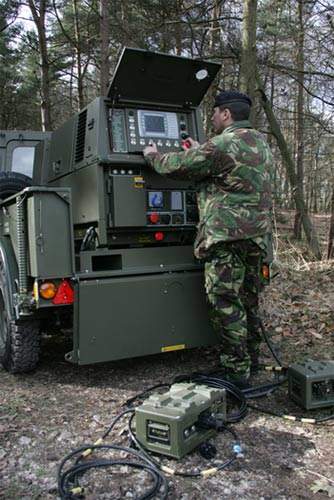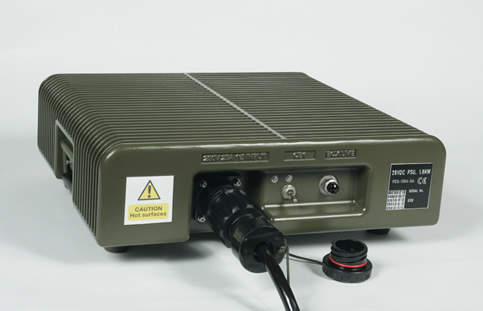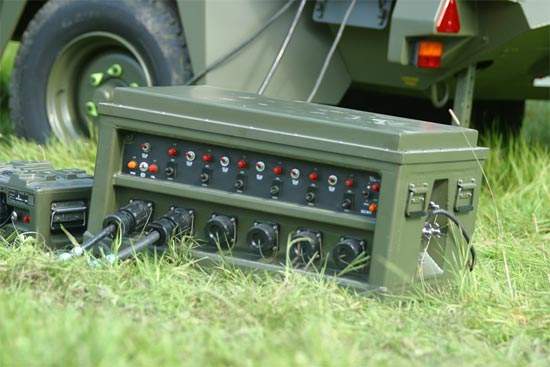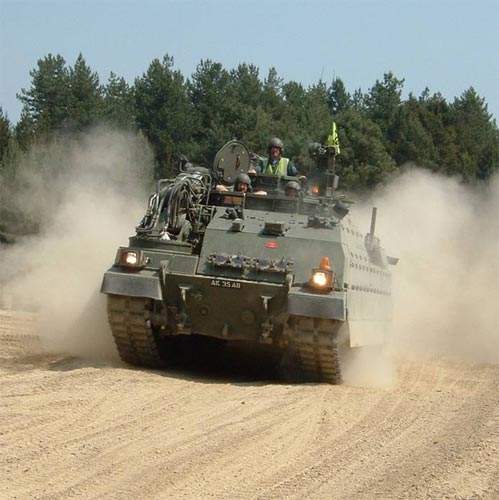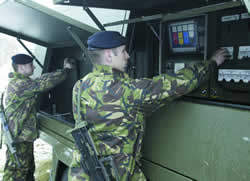Rolls-Royce is a global company specialising in power for land, sea and air applications.
High-performance military electric power systems are developed by Rolls-Royce to meet customers’ needs in the battlefield. These military electric power systems are rugged, easily deployable and dependable even in the harshest environments, and include:
- Tactical electric power generation
- Power management, distribution and conversion systems
- Military vehicle electric drive systems
- Vehicle auxiliary power units and power take-off systems
Our cost-effective energy equipment incorporates the latest power systems. Wherever possible, Commercial Off-The-Shelf (COTS) components have been chosen, to provide quality, reliability and maintainability with low through-life costs. Fully-integrated logistic support services are available, including innovative performance-based logistics and fleet management.
Rolls-Royce’s energy equipment is suitable for a range of applications:
- Battlefield power-generation and distribution
- C4ISR system power
- Vehicle power
- Temporary shelter, accommodation and hospital installations
- Disaster relief
- Homeland security
BATTLEFIELD POWER-GENERATION
Rolls-Royce’s mobile and portable battlefield generating sets are in service around the world.
Rolls-Royce new tactical electric-power systems are compact, lightweight systems, ideal for integration into shelters and containers. Variable-speed operation enables excellent fuel-efficiency, and conditioning provides very high quality, clean power particularly suited to C4ISR systems. Our electric-power equipment is designed to comply fully with stringent military and environmental specifications.
Rolls-Royce’s generators are highly mobile, diesel-powered and compatible with other NATO and US Army generation and distribution equipment. A modular approach is taken across the range, providing both cost-effective, off-the-shelf solutions between 2kW and 40kW, and customised options to meet specialised requirements.
Our optimum interoperability generators can provide dual frequency and voltage (e.g. 50Hz / 60Hz), and automatically parallel to create flexible power plants with automatic sequencing and synchronisation.
Innovative features include ‘stealth’ type technology – such as reduced radar, acoustic and thermal signatures – and user-friendly health and usage monitoring and control systems, which provide both prognostics and diagnostics, and maintenance and repair schedules.
POWER DISTRIBUTION, MANAGEMENT AND CONVERSION
Power on the battlefield can be a scarce resource, particularly with the increasing demands of new battlefield systems. An effective network of military specification distribution equipment that maximises the usage of battlefield generators, the Rolls-Royce Power Management and Distribution System (PMDS) is a modular range of power distribution units that delivers power from generator sets to all battlefield applications.
This NATO-standard equipment has been designed to operate in harsh battlefield environments, with attention to power quality, operator requirements and protection.
The PMDS comprises distribution units and interconnecting distribution cables, designed for rapid set-up and break-down. Its modules contain enhanced safety features for maximum protection to personnel, and are sealed against ingress by dust, water and NBC contaminants.
AC-DC converters provide a flexible, lightweight, fuel-less source of DC power, enabling DC vehicle based equipment to be powered from standard AC battlefield generators.
AUXILIARY POWER UNITS (APU)
Rolls-Royce supplies APUs for military vehicle applications, including the BAE Systems Titan and Trojan engineer tank system. In addition to new vehicle systems, APUs can also be designed to replace existing equipment that may be approaching obsolescence, in order to deliver greater output, lower cost of ownership and enhanced reliability, with faster, more economical maintenance, without affecting the vehicle interfaces.


